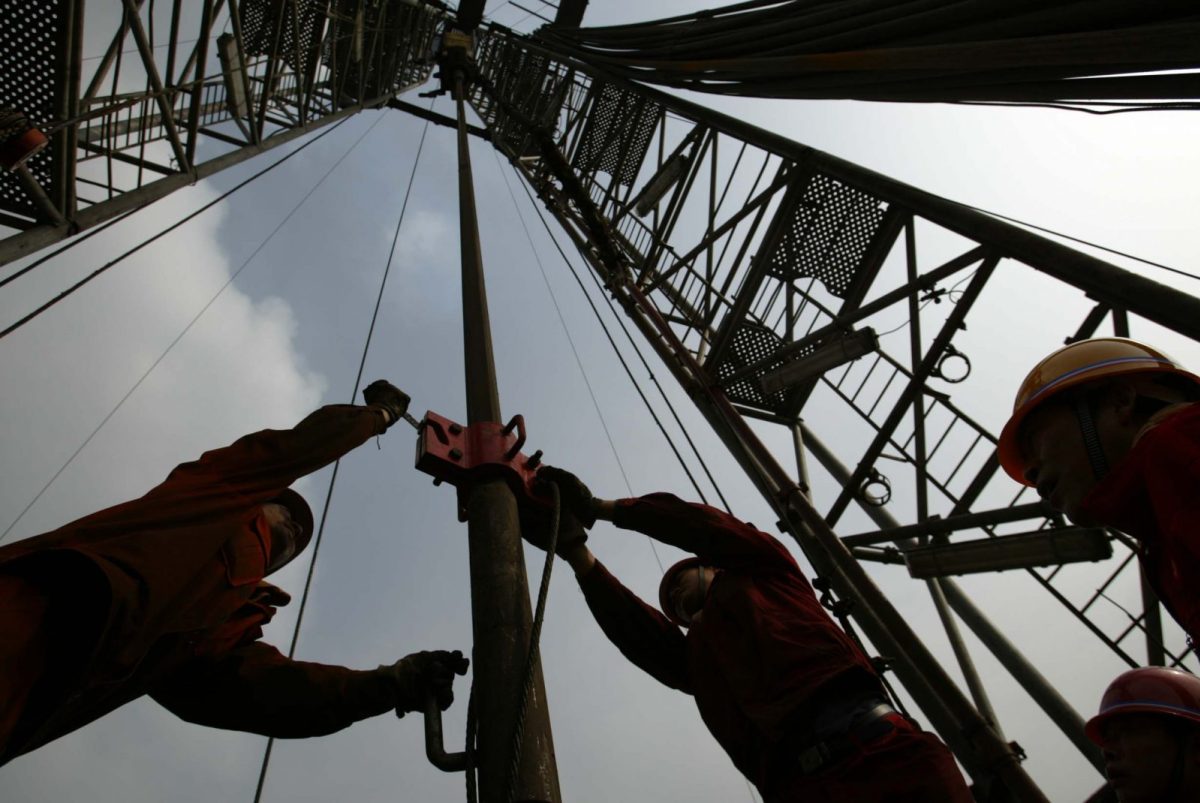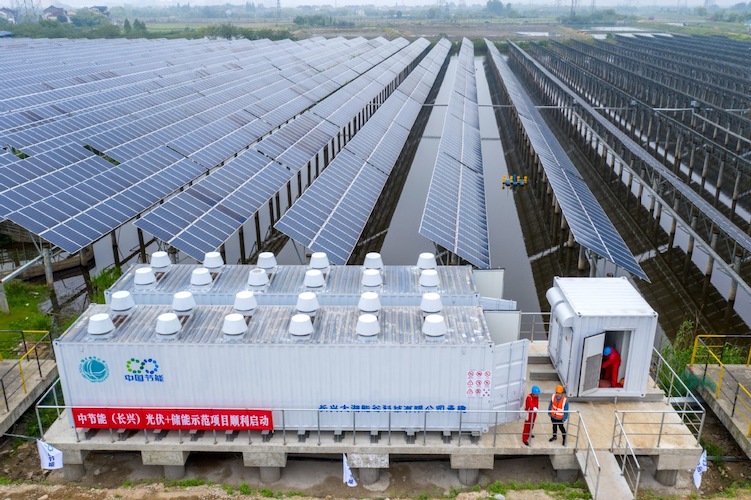The Covid-19 health emergency that started in China and is now fast spreading worldwide is having extreme contagion effects on the oil industry as global demand and prices coincidently fall.
Oil prices fell by 4% on February 24, in line with tumbling US stocks, as fears of a possible economic growth-stunting pandemic rose on reports the disease is spreading quickly outside of China, including new outbreaks in South Korea and Italy.
Both WTI Crude and Brent Crude, the main oil price indexes, fell by some 3.7% on Monday amid frenzied trading. Prices were steady in early US trading on Tuesday (February 25).
China’s oil demand has already dried up by as much as three million barrels per day (bpd), cutting into its average consumption of 10.04 bpds in 2019, as industrial production stalls due to virus-containing factory lockdowns and restricted air travel.
The collapse in Chinese demand is being likened to the biggest shock to oil markets since the 2008-9 global financial crisis.
“The oil market is looking down the barrel at no demand growth for the calendar year, and outright demand contraction is now on the table,” Ned David Research said in a recent note.
The International Energy Agency, an intergovernmental watchdog organization based in Paris, has said that oil demand is likely to fall by 435,000 bpd in the first quarter of this year, potentially the first quarterly contraction in over 10 years.
It recently slashed its 2020 demand projection down by 365,000 bpd to 825,000 bpd.
ING analysts said oil refinery runs, another key indicator of future demand, for independent refiners in China’s Shandong province stood at 50.30% as of February 7, down from 64.57% ahead of the Lunar New Year holiday, due to the Covid-19 outbreak.
China’s refineries not only produce fuel for domestic consumption, but the country is also the largest finished oil products seller in the Asia-Pacific region.
With a refining capacity of 15.66 million bpd in 2018, China had the largest oil refining capacity in the region, contributing 15.6% of total global capacity in 2018.
Asia’s jet fuel refining margins, for example, recently fell to their lowest levels in over ten years, in large part due to collapsing Chinese tourist numbers.
The Organization of Petroleum Exporting Countries (OPEC), a price-propping cartel comprised mostly of Middle Eastern oil producers, is likewise forecasting dismal demand in 2020.
This month, OPEC revised down its outlook for global demand growth to 0.99 million bpd in 2020 – a drop of .23 million bpd from January’s estimate.
Those lower forecasts are putting big downward pressure on global prices, especially the global benchmark Brent crude and US oil benchmark West Texas Intermediate (WTI) futures, both of which are down around 20% so far this year.
Both were already struggling to establish a price floor as ramped up production in the US, which recently topped a record-breaking 13 million bpd, has driven down prices as supply outstrips demand.
The virus crisis is also opening geopolitical rifts that could drive prices down further.
A rising rift in the so-called OPEC+ group of producers, including between Saudi Arabia, the world’s largest oil exporter, and Russia, the world’s second largest oil producer after the US, threatens to put more downward pressure on prices.
Saudi Arabia has so far not been able to convince Russia of the need to deepen an existing OPEC+ production cut agreement, currently of 1.7 million bpd, to stabilize world prices amid a pre-existing supply overhang.
Saudi Arabia’s market logic is straightforward. To offset a loss of consumption from China, Riyadh has argued, output should be curtailed even more before prices fall below US$50 per barrel, a price point most producers view as destabilizing.
Saudi Arabia has said it would deepen its share of the existing production cut by at least 400,000 bpd if other OPEC+ nations adhered to their already established quotas.
Saudi Arabia’s Energy Minister Prince Abdulaziz bin Salman attends the opening ceremony of the 24th World Energy Congress in the UAE capital Abu Dhabi on September 9, 2019. Photo: AFP/Karim Sahib
Earlier this month, a committee advising a group of oil producers reportedly recommended at least a 600,000 bpd reduction in OPEC+ production to stabilize prices.
The schism between the two legendary oil- producing heavyweights, market analysts say, is not surprising. Historically, there has been little love-loss between Riyadh and Moscow, dating back to Riyadh’s alliance with the US up to and after the collapse of the erstwhile Soviet Union.
Moreover, Saudi-Russian collusion within OPEC+ was forged out of necessity to draw down global supplies to average OECD commercial levels in 2017 and prop up prices that then faced heavy downward pressure.
From Saudi Arabia’s perspective, Russia has been an unreliable OPEC+ partner. Last yearl Russia reportedly complied with OPEC+ set targets for only three out of 12 months, with the one quarter of compliance likely due to a month-long contamination of its Druzhba pipeline.
That’s in part because Russia can withstand a low oil price environment longer than Saudi Arabia. Moscow can reportedly balance its national budget with oil prices at around $53 per barrel.
Saudi Arabia, however, is in a comparative quandary. The kingdom has one of the lowest oil production break-even points, with its so-called fiscal breakeven point at around $80-$85 per barrel, according to the International Monetary Fund (IMF).
Others claim that the kingdom needs oil prices to be at least $75 per barrel to balance its increasingly imperilled national accounts.
With Brent crude prices now hovering in the low-to-mid $50 range, and the possibility they could soon dip into the psychologically damaging $40s, Saudi Arabia would take a bigger hit than Russia if prices stay low for a prolonged period.
When oil prices fell under $30 a barrel in January 2016, Riyadh scrambled to sell international bonds to cover its revenue short falls. While the Saudi-led OPEC could once throttle and control oil prices, it clearly can no longer without Russia’s cooperation.
Even the OPEC+ group of producers is losing its power to influence global prices, due to ramped up US production.
And while market watchers will look to an OPEC meeting scheduled for March 5 for future price and supply guidance, a likely better future indicator is understanding the epidemiology of the Covid-19 outbreak and whether it can soon be contained.
























